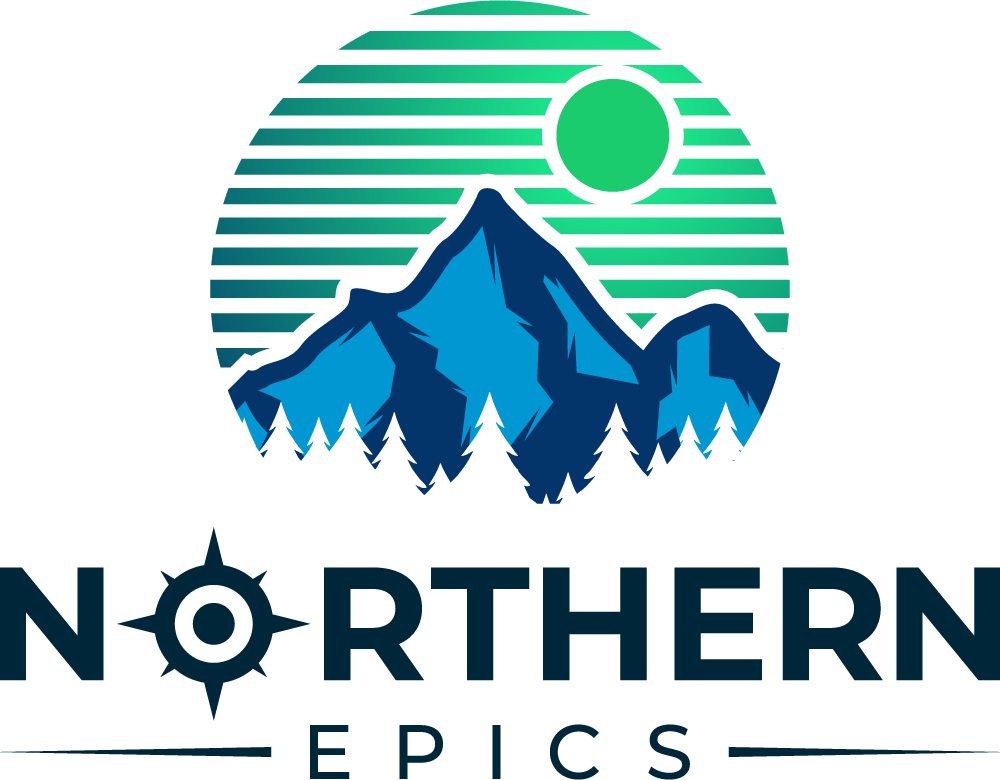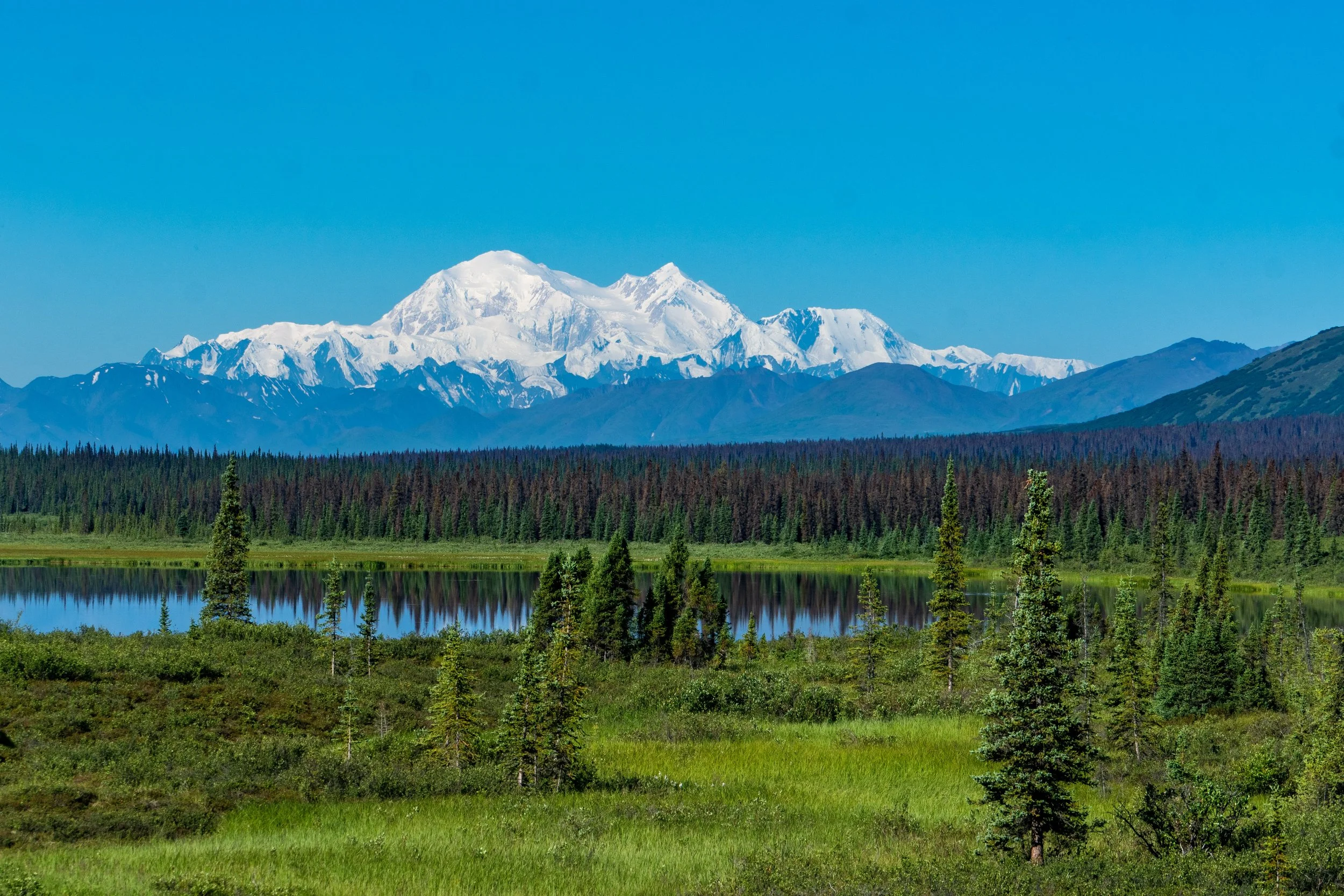Mt. Denali vs Mt. McKinley: Which is correct?
North America’s two highest peaks, Denali and Mount McKinley, have had a bitter rivalry since gold prospector William Dickey named the second peak in 1897. Both stand at a whopping 20,310 feet and in a constant effort to outdo the other, they are growing by about a half of a centimeter per year. Despite the effort, they remain equal in height. In popularity, however, they have shifted and changed over the years, and in present day, Denali has all the momentum as it is pushing for superstardom. Now, this is clearly just a little goof on my part, as these are actually just two names for the same mountain in interior Alaska. But why are there both of these names, and why do people care what name you use?
We shall begin where the first names began. The five native Athabascan groups of Denali (Koyukon, Ahtna, Tanana, Upper Kuskokwim, and Dena’ina) all had their own name for the mountain which roughly translated to “the tall one” – or some variation – and the Koyukon name “Deenaalee” became selected as what we call “Denali” today. It’s a fitting name for the great peak, and in fact, many features of Alaska were given these sort of descriptive names in the time when only the native peoples inhabited Alaska. A great example is the Kenai Peninsula, which the Dena’ina called Yaghenen or “the good land.” If you have ever been to the Kenai Peninsula, you know what’s up.
However, many people are achievement and legacy driven, and as prospectors came into this land eager to leave their own mark, they began to name features that were already known to the Athabascan people but were new to these settlers and their history. Denali actually went through a few non-native names or terms between 1794 and 1897 before William Dickey called the mountain “Mount McKinley” in a New York Sun article (after the current president elect, William McKinley, of whom he was a big fan) and it stuck. A side note, George Vancouver holds the first non-native record of Denali and its surrounding subpeaks, calling them the “stupendous snow mountains.” It’s a killer nickname, and the fact that it is included on the NPS record of names Denali has had, to me is a funny bright spot in the midst of all the controversy.
They do look pretty majestic and snowy don’t they?
Through the early years of establishment as a named mountain and National Park there were some, including naturalists and mountaineers, who advocated for the name Denali but ended up being overruled. The mountain was officially named Mount McKinley by the United States Government in 1917, and Mt. McKinley National Park was formed at the same time. It should be noted that while this was the United States’ official name for the mountain and area, for native Alaskans and many other locals it was always and would always be Denali.
For many years, the topic was somewhat put to bed, until 1975, when the State of Alaska petitioned to change the name officially to Denali. This was somewhat unsuccessful at the time, however in 1980 the area did get renamed to Denali National Park and Preserve. With the actual mountain still officially Mount McKinley, this naming discrepancy was active for many more years until President Obama and the Secretary of the Interior secured the name change to Denali in 2015. As of now, the name Denali is predominantly used by the locals and businesses surrounding the national park to high schools around America at large. However, with the name for North America’s highest mountain officially and historically Denali, there are still many who choose to call the mountain Mount McKinley. So why is this, and what should be done about it?
It can be easy to get attached to prior convictions, and what you grow up learning can become stuck in your head. I, as a young person, have been led to believe that many adults took issue to Pluto’s new place in dwarf planet/stardom in 2006. It is also easy to dig your feet in if you feel attacked, and being told you’re racist or ignorant for using the name you were taught as a child can definitely provoke this reaction, even if it is undoubtedly true of certain individuals. No one should be persecuted for what name they choose to use, but all should be encouraged to recognize the history behind why something is called what it’s called. Once everyone recognizes that these changes are more about righting past wrongs than an attack on United States history or getting to show up what has long been the dominant culture of the USA, there should be a more cooperative and productive path toward honoring the first peoples of North America.
That will be important, because we have a long way to go. You need only look up the controversial history of Mount Rushmore, the native names for countless natural areas in the United States, or really any Native American history to see a number of clear injustices to indigenous peoples of North America.
2025 Update:
On January 20, 2025, President Donald J. Trump signed an executive order reinstating the name “Mount McKinley” for North America’s highest peak. For now, that is the United States Government’s official title for Denali.
We will continue to refer to the mountain as Denali, as do the majority of Alaskans, regardless of political affiliation. We find “Denali” to be a more historically, culturally, geographically, and etymologically accurate name. On the other hand, we do have great respect for President McKinley’s kickass brows.
The National Park retains the title of Denali National Park and Preserve.



